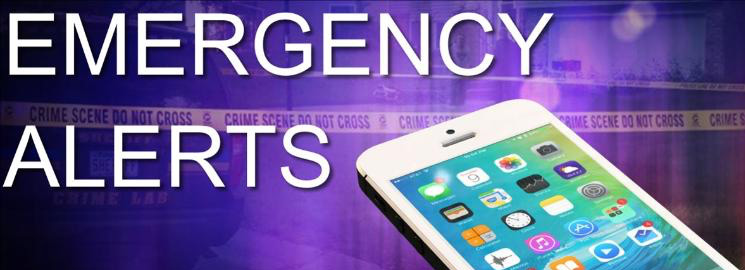If you hear a strange alarm go off on your mobile device next week, not to worry, it’s just officials testing Canada’s emergency alert system. Publicly branded as Alert Ready, the system is designed to deliver emergency alert messages that warn the public of threat to life situations. Test signals will go to every compatible mobile device connected to an LTE network and will also be aired on TV and radio stations in the same regions.
Back in 2014, the CRTC (Canadian Radio-television and Telecommunications Commission) required that FM radio, AM radio and over-the-air (OTA) television stations, as well as subscription-based broadcasting service providers to participate in the National Public Alerting System (NPAS). Since April 6, 2018, the CRTC requires that all wireless service providers participate in the NPAS and begin distribution of wireless public emergency alerts on their cellular LTE (long-term evolution) networks.
And so with that in mind, emergency alert messages are issued by public officials who are designated by the federal government or your province or territory to warn the public of imminent or unfolding hazards to life and property (e.g., fire, natural disasters, biological threats, hazardous materials, environmental disasters, civil emergencies). These officials are also responsible for issuing scheduled test messages. So, each year, during Emergency Preparedness Week in May, wireless service providers and broadcasters will distribute a test alert. For Newfoundland and Labrador it will be at 1:55PM Wednesday May 9th.
There is no sign-up or opt-in or out. Emergency alerts will be automatically sent through these broadcast channels, and to your compatible wireless device.
On television and radio, the emergency alert sound will be followed by an automated message with the emergency alert details. On television, the emergency alert details in text will be presented either as a full screen or a crawler section at the top or bottom of the screen.
On compatible wireless devices, the emergency alert will display an “EMERGENCY ALERT/ALERTE D’URGENCE” banner, followed by text that describes the situation and provides instructions on what actions to take and where to find more information. At the top of each emergency alert, the issuing government agency will be clearly indicated.
Also, depending on the service provider, mobile alerts could make a distinctive noise or simply buzz a device, although in some cases, users will have to acknowledge receipt of the alert before being able to resume normal function of their devices.
So, a good rule of thumb is if you have a recent smart phone (last couple of years) and you can see a LTE or 4G icon at the top bar of your device, chances are you will get the alert. With that in mind though, if you visit www.alertready.ca you can find much more information including which devices are compatible from every provider across the country.


Leave a Reply